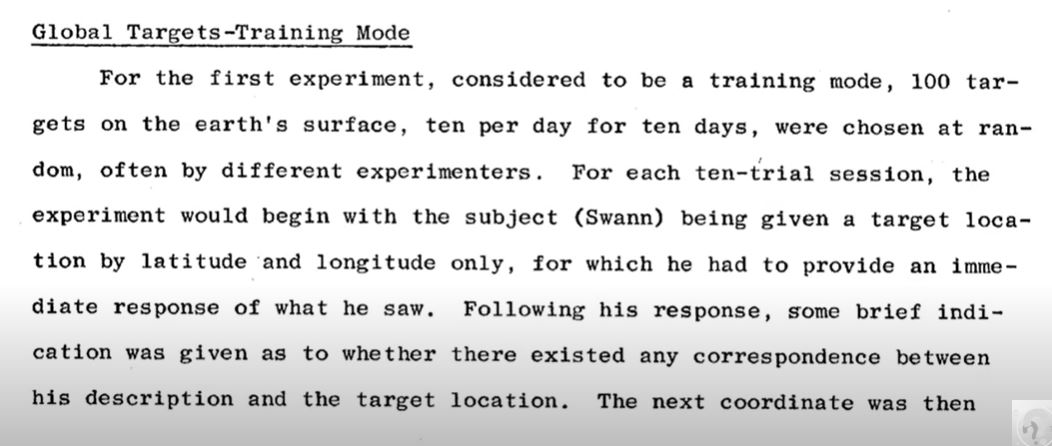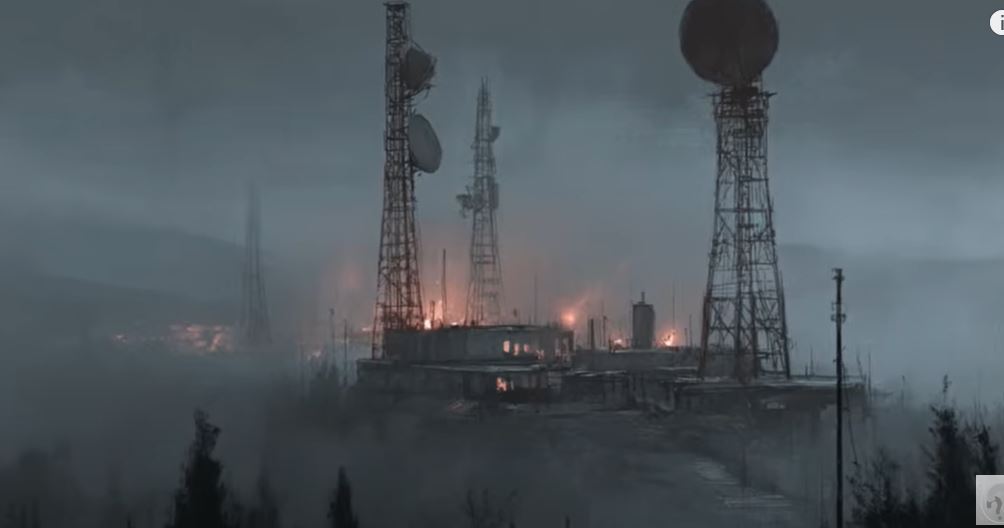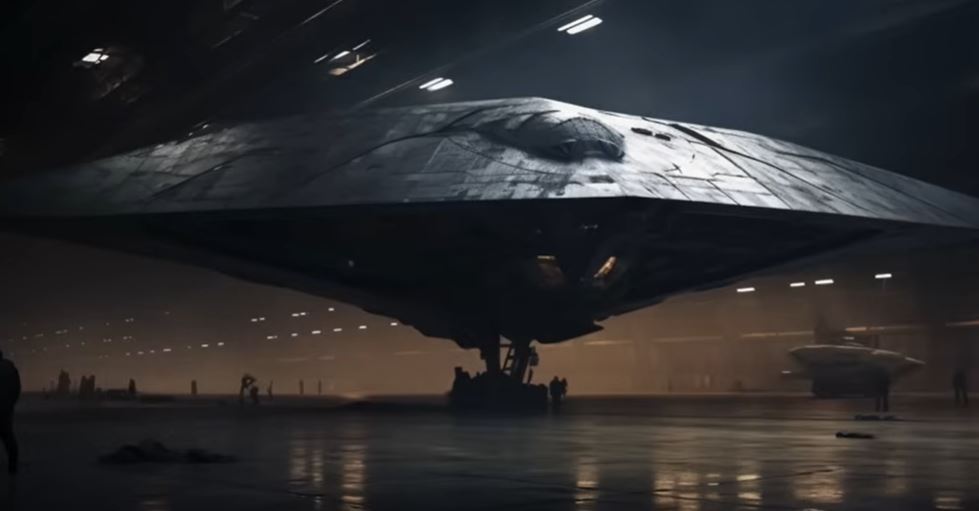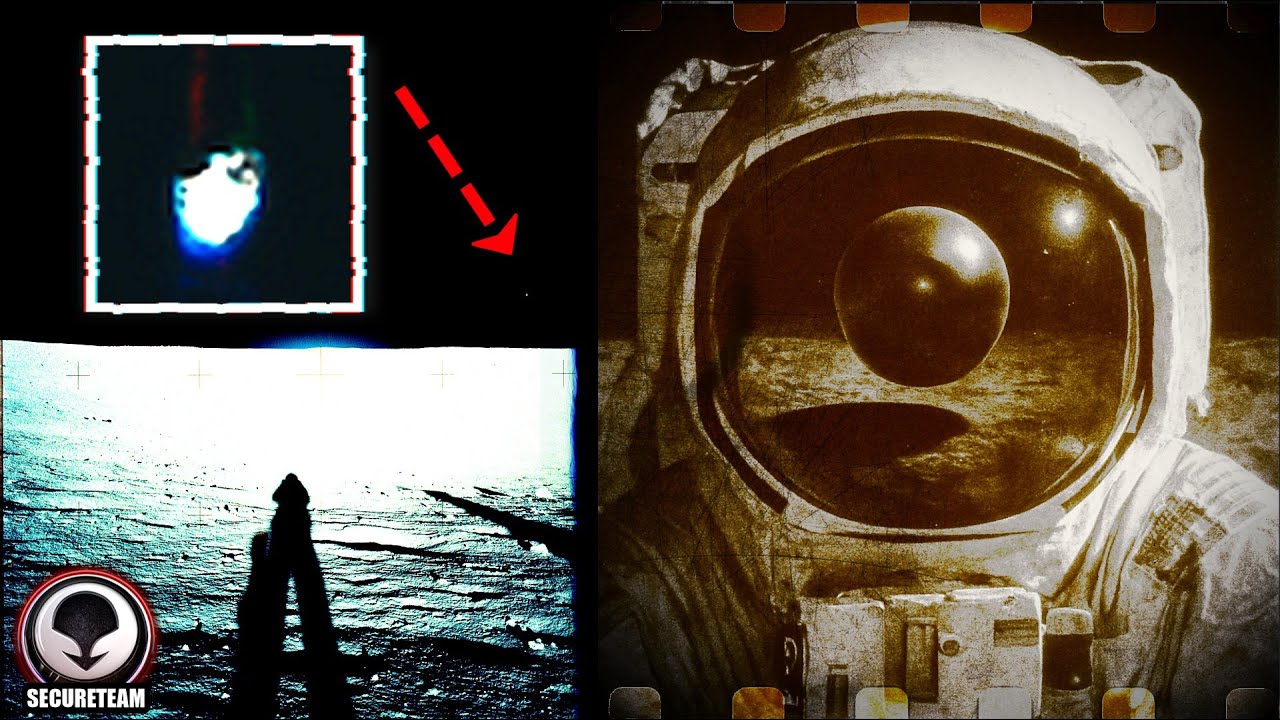**Headline: “Remote Viewing: The CIA’s Secret Weapon or a Pandora’s Box?”**

In a shocking revelation that has reignited debates around the U.S. government’s clandestine operations, the CIA has declassified a document detailing an extraordinary incident from its controversial remote viewing program, Project Scanate. This incident, which led to the program’s abrupt shutdown, raises profound questions about the limits of human perception and the implications of intelligence gathering.
During the early days of remote viewing research, the CIA sought to explore whether specially trained individuals could harness extrasensory perception to gather intelligence from vast distances. While many sessions produced vague results, one particular incident stands out as a striking example of both the program’s potential and its peril. A remote viewer, operating under minimal supervision, unwittingly described a highly classified National Security Agency facility. Their vivid impressions included architectural details, workspace arrangements, and even a locked metal cabinet containing sensitive documents. Astonishingly, the viewer accurately recounted the file labels, which matched classified records exactly, raising alarms within the intelligence community.

This incident did not merely demonstrate the efficacy of remote viewing; it unveiled a chilling reality: a skilled individual could penetrate one of the most secure locations in the nation without ever stepping foot inside. The implications were staggering. If remote viewing could be so precise, traditional security measures might be rendered obsolete. Whispers began to circulate that the program was not abandoned due to inconsistent results, as officially stated, but rather because it revealed uncomfortable truths that some in power might prefer to keep hidden.

While the CIA publicly declared the end of remote viewing research, insiders speculate that the program may have simply been relegated to deeper secrecy, continuing under a different guise. The potential for remote viewing to access sensitive information without physical presence poses both a revolutionary intelligence opportunity and a profound security risk.
Supporters of the program argue that remote viewing could have significant humanitarian applications, from locating missing persons to predicting natural disasters. However, the central question remains: who decides how such capabilities are used? The incident involving the locked cabinet serves as a stark reminder of the ethical dilemmas inherent in wielding such power.

The broader history of remote viewing within U.S. intelligence is marked by a series of striking successes. From accurately describing Soviet military installations to locating downed aircraft, these instances have fueled ongoing debates about the potential of human consciousness. One notable case involved former Army intelligence officer Joseph McMongle, who detailed the construction of the Typhoon-class submarine without any prior knowledge of the project. His descriptions were later verified by satellite imagery, lending credence to the idea that remote viewing could transcend conventional intelligence methods.

As the CIA continues to navigate the murky waters of secrecy and national security, the implications of remote viewing linger. The past suggests that the human mind may possess untapped capabilities, capable of accessing information beyond the physical realm. Whether the program is truly defunct or merely hidden from public view, the locked file cabinet incident remains a compelling testament to the potential—and the risks—of remote viewing.
As the conversation around UFOs and unidentified aerial phenomena gains momentum, the intersection of remote viewing and extraterrestrial intelligence adds another layer of intrigue. Recent disclosures regarding the CIA’s Office of Global Access hint at ongoing efforts to recover unidentified objects, raising questions about the extent of government involvement in phenomena that challenge our understanding of reality.
In a world where the line between science fiction and reality continues to blur, the fate of remote viewing—and the secrets it may unveil—remains a tantalizing mystery. As humanity grapples with the implications of such extraordinary capabilities, one thing is clear: the truth may be out there, waiting to be revealed.

